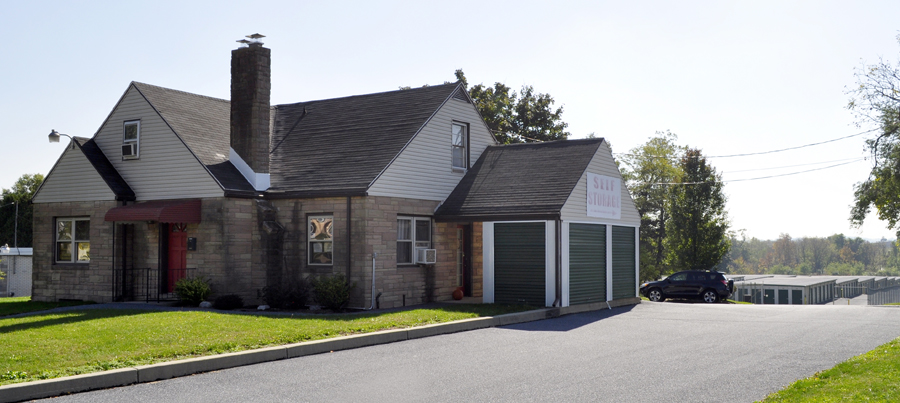Self-Storage Pest Management

As the owner of a self-storage facility, you know that it’s essential to maintain your units. However, with so many other aspects to look after, pest management may fall by the wayside. An infestation can occur quickly and damage your buildings, your tenant’s property and your reputation. Keep reading for some tips to ensure your self-storage facility is pest-free.
How to Prevent Pests in Self-Storage
A good pest prevention plan will stop pests before they have the chance to invade your storage facility. When you utilize the following three-step approach, you can prevent insects and rodents from entering your storage facility:
- Inspection: During the first stage of pest prevention, a specialist will search the exterior of your storage facility and note any areas that are more likely to contribute to pest activity.
- Identification: After locating potential entry points, the professional will identify if there are any pests currently in your facility.
- Treatment: You and your pest management partner will work together to implement an action plan to treat any current issues and prevent future pest infestations.
What Are the Most Common Self-Storage Pests?
Storage facilities are more susceptible to pests due to the materials in storage, the volume of items inside units and the length of time between tenant visits. These factors may make it easy for an invasion to occur unnoticed and quickly spread. Some of the most common storage pests include:
- Rodents: If you and your tenant don’t visit the storage site often, a rodent infestation can grow and spread without interruption before you realize the problem.
- Cockroaches: These self-storage bugs are good at hiding and reproduce at fast rates, meaning you must remove cockroaches promptly to prevent an infestation at your storage facility.
- Bed Bugs: Bed bugs can stow away in items such as suitcases, bags and furniture. They’re also difficult to treat once they enter your facility as they can spread through the pipes into other units.
- Ants: Ants can invade storage facilities through the smallest holes and cracks and often create large populations, quickly making them an overwhelming problem.
How to Choose a Self-Storage Pest Control Partner
It’s essential to work with a qualified company regarding pest control. Before making a decision, research and evaluate each pest removal service’s reputation, accreditation and offers. You can also use tools such as the National Pest Management Association to help you find a licensed pest removal specialist near you. Other factors you may consider include:
- Do all technicians have current licenses?
- Does the service offer low-toxicity options?
- Do they have insurance to cover you and your property?
- What actions does the company take to prevent unnecessary exposure and accident?
Protect Your Self-Storage Unit With Investment Real Estate, LLC
At Investment Real Estate, LLC, we want to ensure your investment is successful. We offer services such as due diligence assistance and pre-sale value enhancement to guarantee that your storage facility is pest-free and provides the most value possible. Contact our team today to learn more about how we can help you get the most out of your investment!

